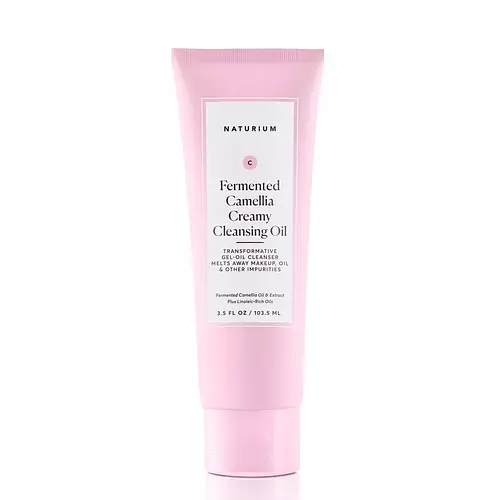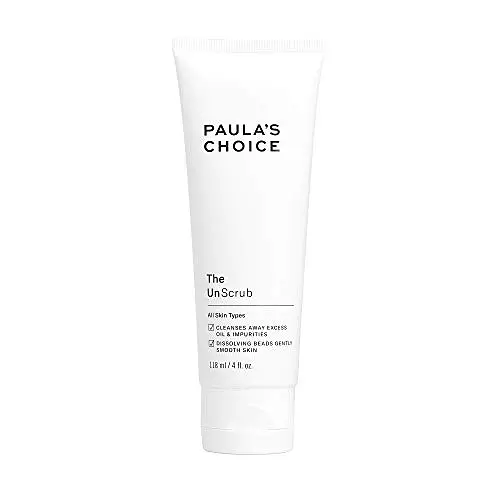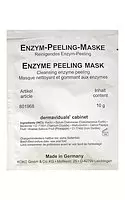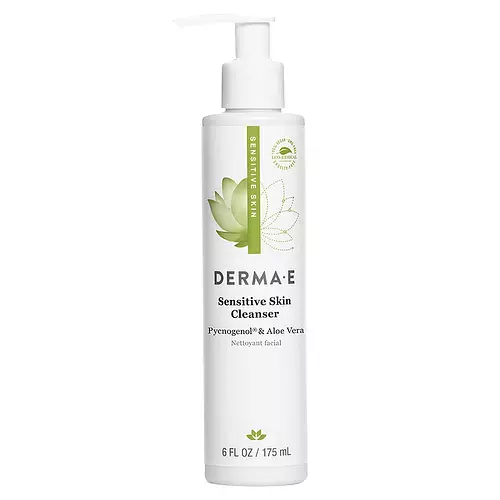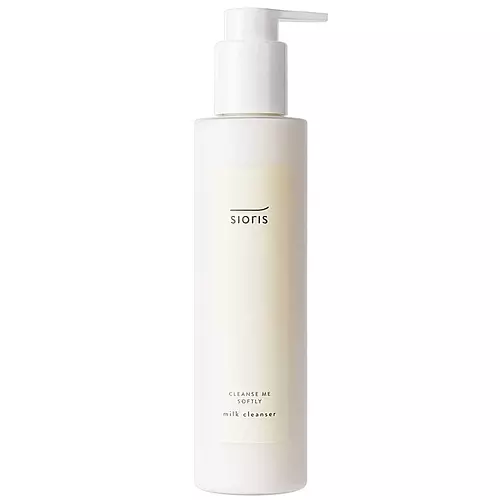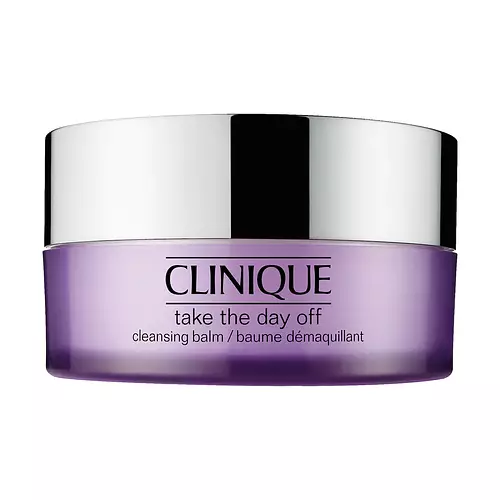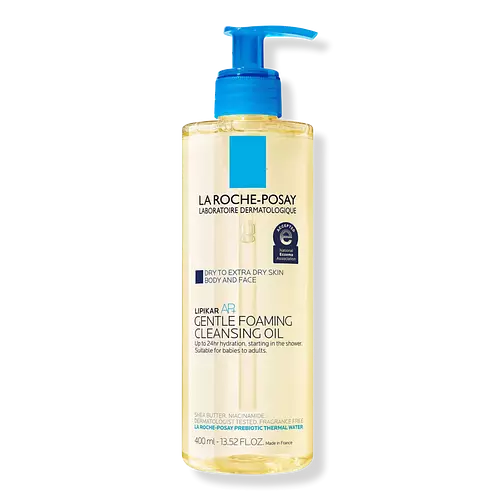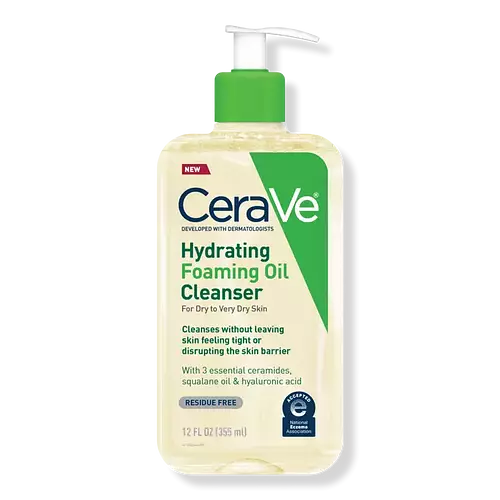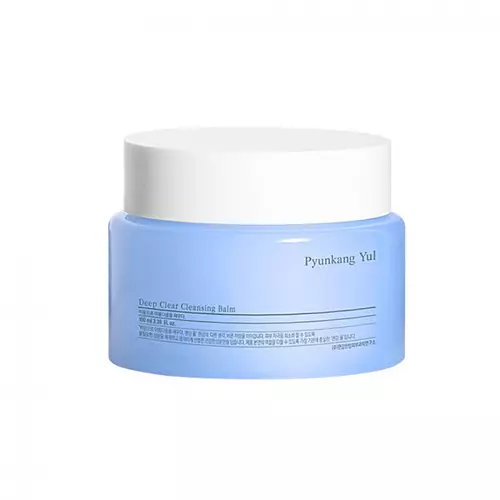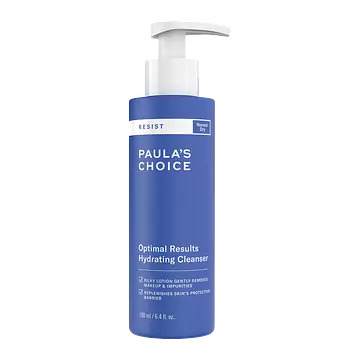Overview
What they are
These products are both cruelty-free and reef safe . They have a total of 4 ingredients in common
Cool Features
They both contain Vitamin E
Suited For
They're both likely to be good for brightening skin
Free From
They both do not contain any harsh alcohols, common allergens, fragrances, parabens, silicones or sulfates
We independently verify ingredients, and our claims are backed by peer-reviewed research. Spot a product that needs an update? Let us know.
Ingredient Info
Naturium Fermented Camellia Creamy Cleansing Oil 17 ingredients
Paula's Choice The UnScrub 22 ingredients
At a glance
Click on any of the items below to learn more
Naturium Fermented Camellia Creamy Cleansing Oil 17 ingredients
Paula's Choice The UnScrub 22 ingredients
Notable Ingredients
This product contains 1 ingredient that may have this attribute:
Benefits
This product contains 2 ingredients that may have this attribute:
This product contains 2 ingredients that may have this attribute:
Concerns
This product contains 1 ingredient that may have this attribute:
This product contains 1 ingredient that may have this attribute:
Notable Ingredients
This product contains 1 ingredient that may have this attribute:
Benefits
This product contains 1 ingredient that may have this attribute:
This product contains 1 ingredient that may have this attribute:
This product contains 1 ingredient that may have this attribute:
Concerns
This product contains 1 ingredient that may have this attribute:
Ingredients Side-by-side
Ingredients Explained
These ingredients are found in both products.
Ingredients higher up in an ingredient list are typically present in a larger amount.
Caprylic/Capric Triglyceride is an emollient, solvent, and texture enhancer. It is considered a skin-softener by helping the skin prevent moisture loss.
Within a product, Caprylic Triglyceride can thicken the product and make spreadability easier by dissolving clumping compounds. An added benefit of Caprylic Triglyceride is its antioxidant properties.
Caprylic Triglyceride is made by combining glycerin with coconut oil, forming a clear liquid. Caprylic Triglyceride has not been found to be toxic for human use in concentrations under 50%.
While there is an assumption Caprylic Triglyceride can clog pores due to it being derived from coconut oil, there is no research supporting this.
Learn more about Caprylic/Capric TriglycerideWater. It's the most common cosmetic ingredient of all. You'll usually see it at the top of ingredient lists, meaning that it makes up the largest part of the product.
So why is it so popular? Water most often acts as a solvent - this means that it helps dissolve other ingredients into the formulation.
You'll also recognize water as that liquid we all need to stay alive. If you see this, drink a glass of water. Stay hydrated!
Learn more about WaterCamellia Oleifera Leaf Extract is the extract of the leaves of Camellia Oleifera, Theaceae.
Camellia Oleifera Leaf is a green tea plant native to China. It is closely related to Camellia sinensis. Both plants have very similar properties.
Camellia Oleifera Leaf is rich in antioxidants. Antioxidants help fight free-radical molecules. Free-radical molecules are capable of damaging our cells and other genetic material. Antioxidants help stabilize free-radicals. Antioxidants may help reduce the signs of aging.
Camellia Oleifera Leaf also has anti-inflammatory and anti-microbial properties.
Learn more about Camellia Oleifera Leaf ExtractPhenoxyethanol is a preservative that has germicide, antimicrobial, and aromatic properties. Studies show that phenoxyethanol can prevent microbial growth. By itself, it has a scent that is similar to that of a rose.
It's often used in formulations along with Caprylyl Glycol to preserve the shelf life of products.
Ingredient Ratings
Here's what our community thinks of the ingredients in these two products.
When to use
Naturium Fermented Camellia Creamy Cleansing Oil 17 ingredients
Paula's Choice The UnScrub 22 ingredients

Reviews
Here's what our community thinks
Naturium Fermented Camellia Creamy Cleansing Oil 17 ingredients
MonVal
Its ok, it doesnt clog your pores and melts away makeup, I used double clenasing with this product but by itself it also feels good it doesnt feel...
Its ok, it doesnt clog your pores and melts away makeup, I used double clenasing with this product but by itself it also feels good it doesnt feel greasy at all.
